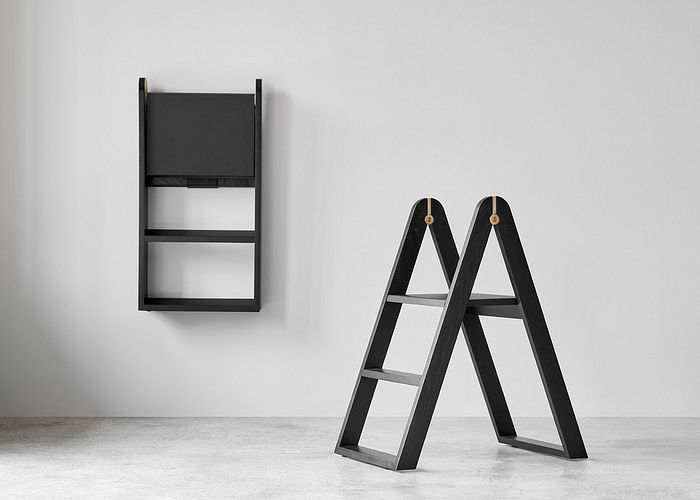Selecting the perfect ladder for your job isn’t just about height—it’s about safety, durability, and fit for purpose. Whether you’re in trades, warehousing, or maintenance, understanding key features of ladders Sydney and Bailey ladders helps you make informed choices. Plus, for our Queensland readers, we include mention of ladders Brisbane needs too.
1. Match the Ladder to the Task
Begin by defining your needs:
- Height requirements: Measure your highest reach—the ideal ladder platform should be about one metre below ceiling height.
- Environment: Indoor work (like office stock picking) differs from outdoor or warehouse environments.
- Mobility vs. stability: Do you need castors and swivel wheels, or will a simple stepladder do?
2. Material Matters: Aluminium vs Fibreglass
- Aluminium ladders are lightweight, durable, and corrosion-resistant—great for general-purpose use in the ladders Sydney and ladders Brisbane markets.
- Fibreglass ladders, especially Bailey ladders, offer non-conductivity—a must for electrical work or areas where voltage hazards exist. While slightly heavier, their safety benefits make them invaluable in certain settings.
3. Understand Ladder Types
- Step and platform ladders: Common for low-to-mid height reach, offering foot space and stability for tasks like shelving, painting, or maintenance.
- Extension ladders: Ideal for reaching rooftops or high shelving; however, they require secure placement.
- Order-picking ladders and mobile platforms: Designed for warehouse environments—with platforms up to 4 m, safety rails, and wheels to support stocking operations in ladders Sydney or ladders Brisbane facilities .
4. Featuring Bailey Ladders
Bailey ladders are renowned for their industrial-grade build and safety-first design. Built to handle up to around 170 kg, they feature large 610×460 mm anti-slip platforms, handrails, and swivel castors—ideal for environments where users need to stand and work on elevated surfaces. Their fibreglass range also provides electrocution protection, distinguishing them from standard aluminium options .
5. Safety Standards & Features
When choosing ladders, ensure they meet applicable Australian and New Zealand safety standards:
- Look for anti-slip treads, handrails, safety gates at platform entries, stabilising feet, and lockable castors.
- Bailey ladders often include safety enhancements like integrated handrails and safety gates as part of the build.
These elements not only meet compliance, but also reduce accidents and boost workplace efficiency.
6. Consider Mobility & Stability
For environments like warehouses—across both ladders Sydney and ladders Brisbane regions—mobility is essential. Choose platforms with durable castors and reliable braking systems to move between aisles easily, without sacrificing safety or ease of transition.
7. Weight Rating & Capacity
Always check the load rating. Work platforms, especially Bailey ladders, typically support around 150–170 kg—sufficient to handle both operator and tools/materials securely.
8. Storage & Durability
- Aluminium options resist rust and weather, ideal for high-traffic or moist workplaces.
- Fibreglass/Lectric Bailey ladders resist electricity, chemicals, and environmental wear.
Look for features like easy-folding frames or wheels to simplify storage and transport.
Conclusion
Choosing the right ladder in Sydney—or in Brisbane—means balancing height requirements, materials, safety features, and mobility. When working at height, opt for a ladder that’s not only tall enough but also stable, compliant, and suited to your environment. Bailey ladders, with their robust platforms, handrails, and electrical insulation (in fibreglass variants), offer an excellent go-to choice for professionals. By aligning ladder choice to your specific tasks—accounting for factors like workplace layout, safety standards, and transportability—you ensure higher productivity, reduced injury risk, and confidence on the job.
